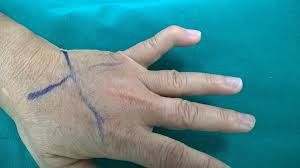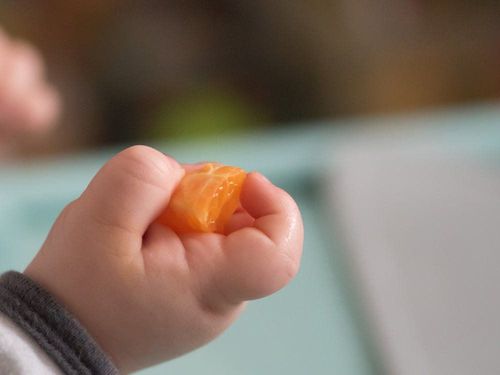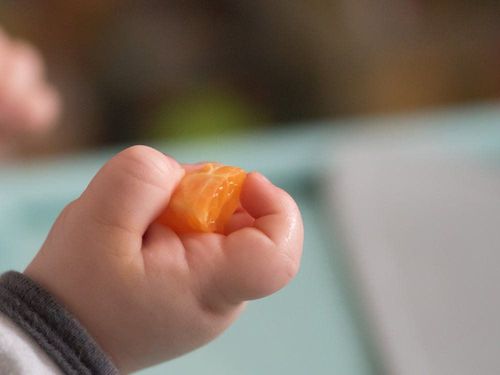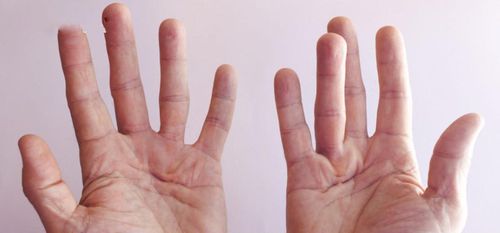This is an automatically translated article.
Falling finger or Mallet finger is a term applied to cases of fracture of the extensor muscle or rupture of the distal extensor tendon. This is one of the reasons why the patient cannot extend or move the intervertebral joint as far as usual, limiting the function of the hand. With advances in medical technology, falling finger can be treated and can lead to a full recovery.
1. What is Mallet Finger?
The fingers on the hand of a normal person, except for the thumb - number one, are made up of three bones and are connected to each other through the proximal and distal interphalangeal joints. All flexible grip movements on the hand are thanks to the structure of these joints that work together in harmony by the elongated tendons attached to the intervertebral joints.
Falling finger or Mallet finger is a flexor deformity of the tip of the finger that occurs over the distal interphalangeal joint, like a mallet or hammer. The mechanism that causes this condition is when the distal interphalangeal joint is interrupted in the extension of the joint or because of the attachment of the long tendons on the joint or it can also be due to a fracture of the distal vertebrae.

Ngón tay rơi hay ngón tay Mallet là tình trạng biến dạng uốn cong của đầu ngón tay xảy ra trên khớp liên đốt xa
2. What causes Mallet's finger?
Most Mallet finger conditions are caused by rupture of the distal extensor tendon. Fracture occurs when the distal finger is forced into excessive flexion while the finger is extended, as in passive impact with a ball while actively catching the ball.
The characteristics of the situation that causes Mallet's finger are:
Occurs in the workplace or during sports-related activities. Usually seen in young to middle-aged men and sometimes in older women. Circumstances predispose to this type of injury during ball sports, when the ball touches the tip of the finger while it is outstretched. This forces the distal interphalangeal joint to fall into a sudden forced flexion and thereby rupture the extensor tendon. Most commonly involves the ring or little fingers of the dominant hand.
3. What are the clinical manifestations of Mallet's finger?
When a sudden injury occurs, the patient will feel very intense pain. Not only pain, but also swelling and edema around the distal interphalangeal joint.
If a piece of bone is pulled out by a fracture, the swelling and pain are worse; At the same time, palpable displacement on the distal knuckle.
The tip of the finger will be bent and drooping and cannot be straightened on its own, so it is also called a falling finger. At this time, in order for the distal interphalangeal joint to straighten easily, the help of the other hand is required.

Hầu hết các tình trạng gặp phải ngón tay Mallet là do gân cơ duỗi xa bị đứt
4. How to diagnose Mallet finger?
Usually, the diagnosis of Mallet's finger is established quickly and easily by the characteristic presentation following a specific traumatic situation.
In addition, X-rays may still be needed to determine if this injury is accompanied by a fracture, so that appropriate treatment can be given.
5. Mallet's finger treatments
Based on the characteristic injury mechanism as above, the current evidence supports the treatment of Mallet's finger with non-surgical interventions. Specifically, the patient was braced to stabilize the middle and distal knuckles together in mild injuries. In contrast, in larger injuries, Mallet's finger needs to be promptly resolved with surgical intervention to avoid bad outcomes later. Similarly, surgery is also often performed as a follow-up to suboptimal conservative outcomes.
6. Non-surgical treatment
A splint at the distal interphalangeal joint will be worn full-time for 6-8 weeks. This was followed by six weeks of wearing the brace at night. If the splint is removed and the finger is bent again, the process is considered interrupted and must be started all over again. This is needed to stabilize and heal the joint structures and allow the finger to grow back.
The patient can then begin to engage in exercises that gradually increase range of motion in the fingertips, while also gradually reducing the amount of time the splint needs to be worn. It usually takes about 3–4 weeks to regain maximum motion and strength of this immobile position of the finger.
In the case of a chronically dropped finger while still wearing a brace, the immobilization period may need to be extended up to 8 to 12 weeks to see if the droop has decreased to an acceptable level before considering surgery.

Chỉ định cần phải phẫu thuật để sửa ngón tay Mallet khi có mảnh xương gãy lớn
7. Surgery
Indications for surgery to repair Mallet's finger when there is a large broken bone, when the fingertip has moved far away or when there is a tear in the joint.
After surgery, the patient still needs to be rehabilitated with the falling finger, mainly focusing on keeping the joint moving normally and preventing stiffness due to inactivity.
8. Recovery Process
After surgery and splint removal, patients can practice rehabilitation at home. In some cases, a patient may only need to see a specialist if there is an abnormality, pain, or failure to respond to rehabilitation.
Depending on daily work, the patient should reduce the amount of work or may need to take time off work. It is most important to avoid sports that involve the hands while the wound is still in a stable stage that has not yet healed.
It can take up to several months for Mallet's fingers to return to full function. The skin around the fingertips is red, swollen, and painful, which is usually localized for a few weeks and will go away on its own.
Some patients may still have a small bump on the tip of the joint and not be able to fully straighten the joint but in general the table can function as well as it did without the injury.
In a nutshell, a dropped finger or Mallet finger is an injury to the end of the finger that causes the finger to curl into the palm of the hand. Although after an injury, the patient will have a lot of swelling and pain, can't straighten the finger, if stabilized by wearing a persistent brace for a long time, followed by physical therapy or intervention. With proper surgery, the functional recovery after Mallet's finger is nearly as complete as the original.
Please dial HOTLINE for more information or register for an appointment HERE. Download MyVinmec app to make appointments faster and to manage your bookings easily.











